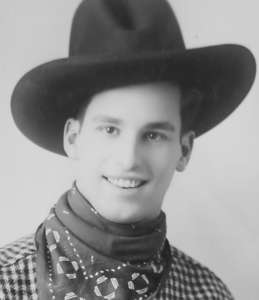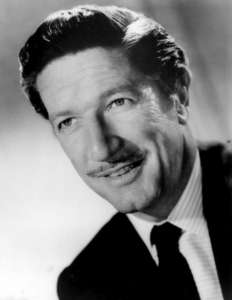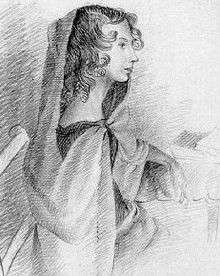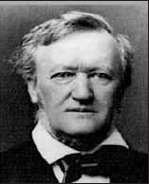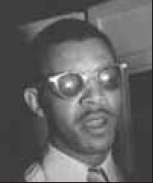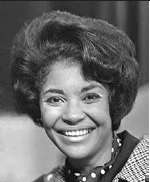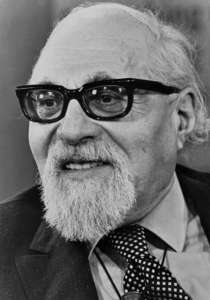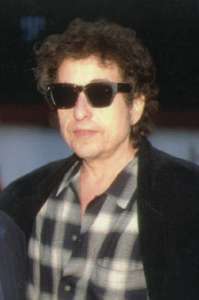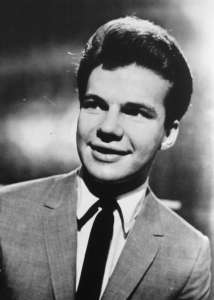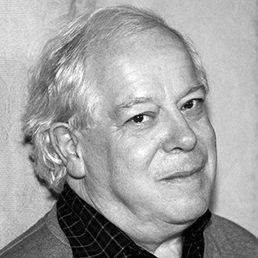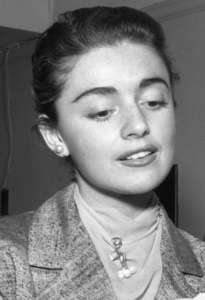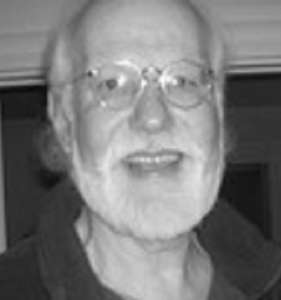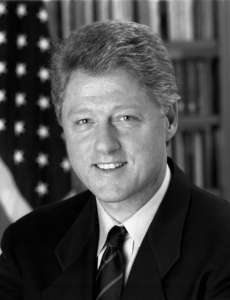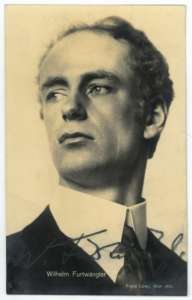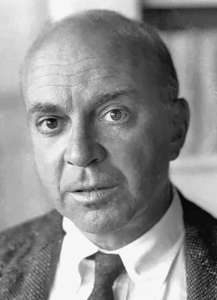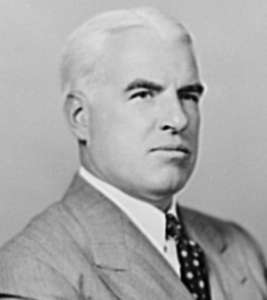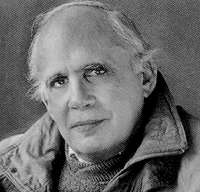REVIEW POTPOURRI: A childhood memory
 by Peter Cates
by Peter Cates
A childhood memory
Among my many childhood memories were the innumerable Sunday drives, when gas was inexpensive, down to Pemaquid, Rockport, Port Clyde, Belfast, Owl’s Head, St. George.
One particular memory is of the humongous rock quarries in St. George and it was brought to mind when I was browsing in Maine: The Pine Tree State from Prehistory to the Present (1995, University of Maine Press) and came across a paragraph on the beginnings of the quarry industry during the early 19th century:
“Maine’s granite quarries were first opened by local companies using local capital. These were usually small firms with fewer than twenty-five employees. The business was fiercely competitive, as was the construction industry generally, and wages and profits fluctuated widely. In the second half of the century, the industry was stabilized through two developments. During the 1870s, the federal government issued lucrative contracts for public buildings, known as “fifteen percent contracts” because they guaranteed that amount of profit to the builders and, by extension, to the suppliers. Several large quarry owners gained a monopoly over these contracts and profited heavily. ”
Needless to say, greed increased with the wealth and relations between management and labor deteriorated.
Dean Martin
Dean Martin recorded two quietly wistful ballads – Dreamy Old New England Moon; and Three Wishes – on a ten-inch Capitol 78 that was released in April 1949. What particularly enhanced Dino’s decently professional singing was the exquisitely crafted arrangements of Paul Weston who directed a studio orchestra consisting of some of the best strings and woodwinds session players to be found on the west coast and a backup group of harmonizing women.
NCIS Hawai’i
Though not quite on the same level as the Mark Harmon original, NCIS Hawaii’s first seven episodes for season one have proven entertaining. Vanessa Lachey as Jane Tennant, the lead agent for the Pearl Harbor branch of the Navy Criminal Investigation Service, had conveyed commendable presence.
Episode 5, Gaijing, which deals with the murder of a visiting Japanese officer, has an unusual plot twist. A woman who was close to both the victim and his girlfriend who had been murdered the previous year is the prime suspect because of what seems to be a psychopathic personality disorder. It’s the surprising plot twist that gave this episode unusual merit.
Madeline Zima’s performance as the suspect was quite extraordinary in her development of this character.
Leopold Stokowski
A 12-inch acoustically recorded shellac of the concluding part three of the Overture to Wagner’s opera Tannhauser had Leopold Stokowski conducting the Philadelphia Orchestra in one of the most exciting performances to be heard when the horn was used for recording instead of the microphone. Stokowski not only drew extraordinary playing from the orchestra but achieved the most vivid sound from the still crude horn technology.
Stokowski’s other discs from before 1924, when Victor developed the electric microphone system, were also quite vivid in sound. And he would live long enough to record with stereo and four channel microphone set ups before he passed away in 1977 at the age of 95, and with a recording contract until he reached 100.






